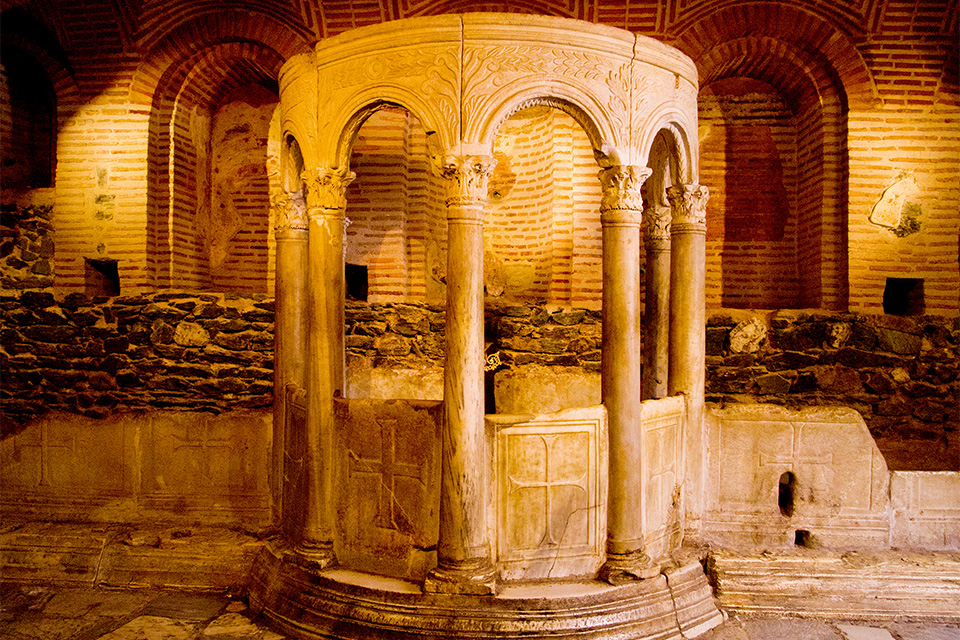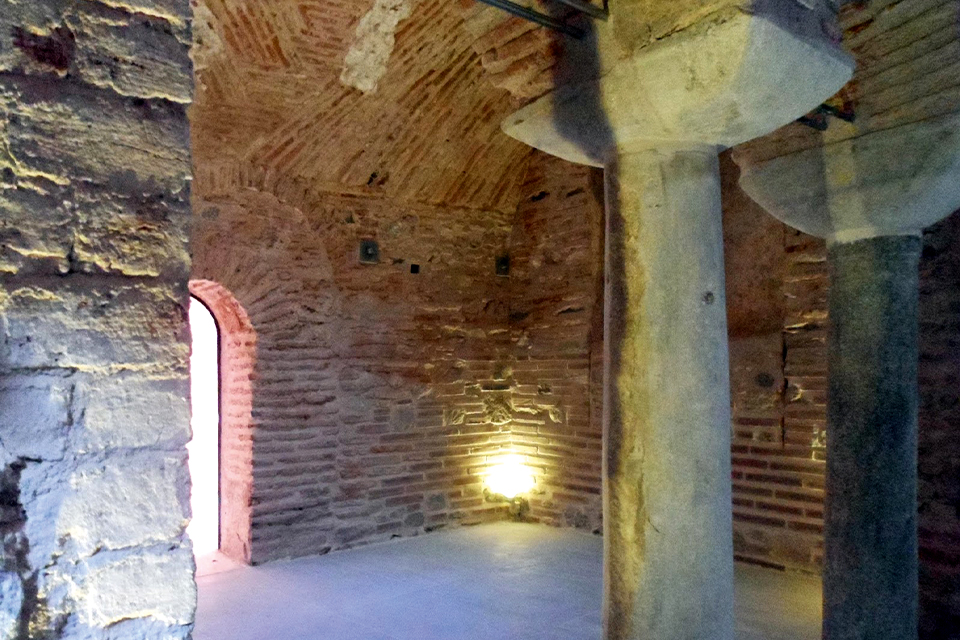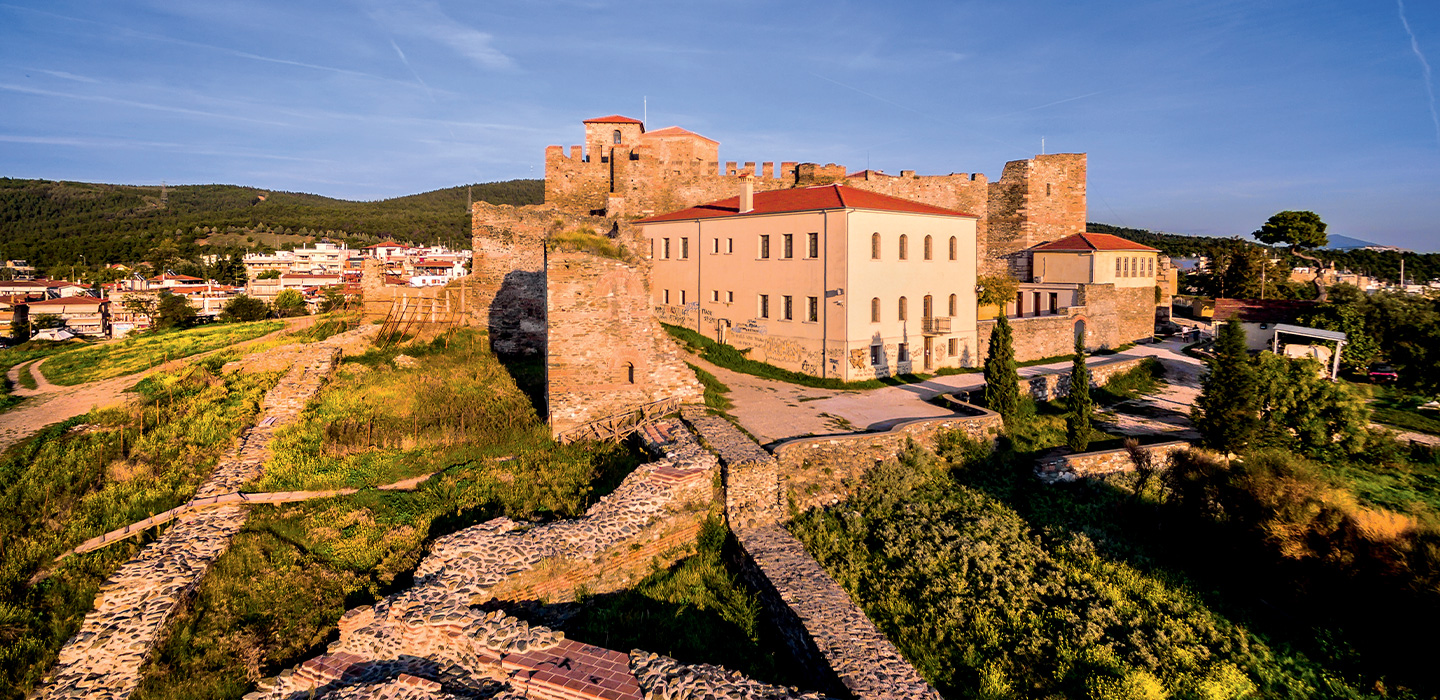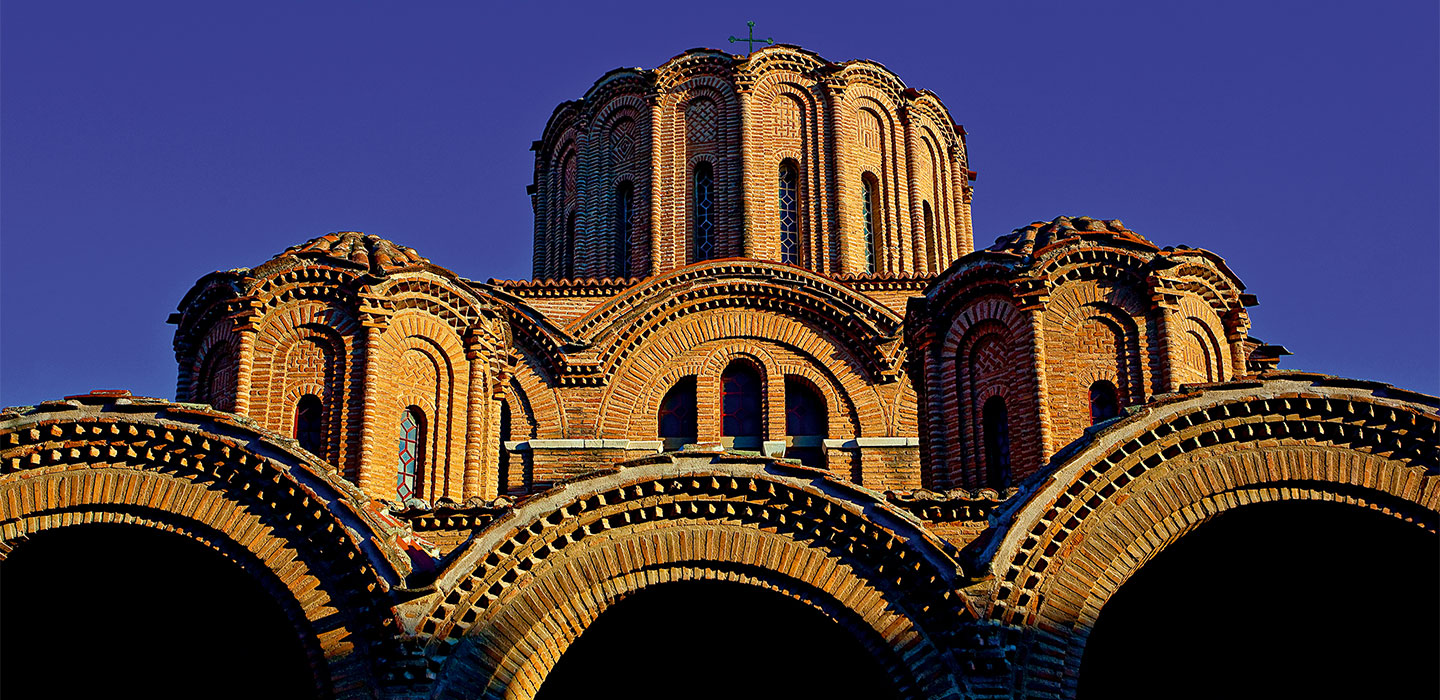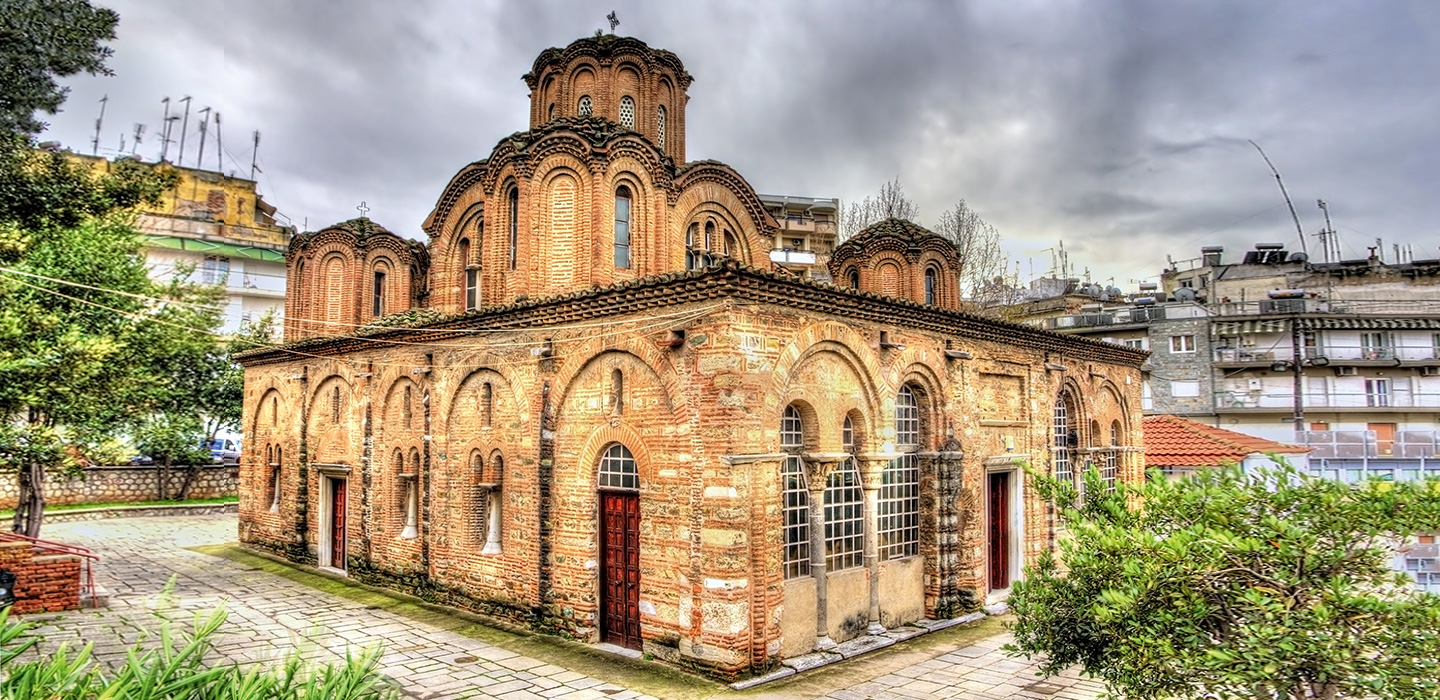OPEN AIR MUSEUM
The magnificent 15 UNESCO monuments
THESSALONIKI
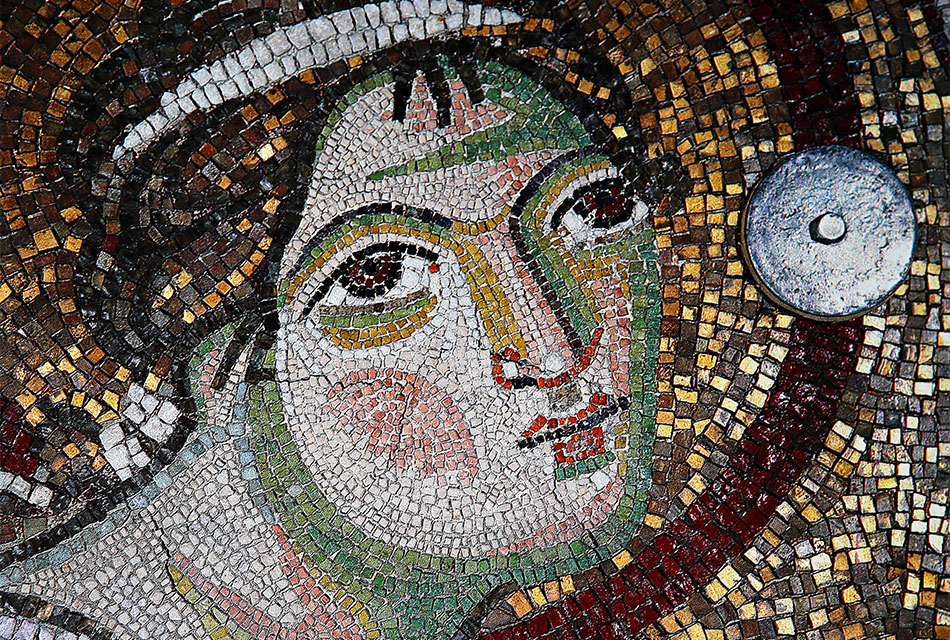
![]() UNESCO WORLD HERITAGE MONUMENTS
UNESCO WORLD HERITAGE MONUMENTS
Founded in 315 B.C., the provincial capital and sea port of Thessaloniki was one of the first bases for the spread of Christianity. Today, you can admire the city’s most important Paleochristian and Byzantine monuments that were declared World Heritage Sites by UNESCO.
Rotunda / An imposing monument that can only be compared to the Pantheon in Rome, the Rotunda was built in the early 4th century, during the transition from paganism to Christianity, most probably as a temple dedicated to Zeus or Cabeiri, or as a mausoleum for Caesar Galerius. The round domed structure that stands 30 metres high was transformed into a Christian temple in 400 AD, while it was ornately decorated during the same time period with wonderful late-Christian mosaics and depictions of saints and martyrs. The unusually thick walls are also indicative of why the Rotunda was able to survive a series of intense and catastrophic earthquakes over the course of the centuries.
Byzantine Walls / The fortification was constructed in the late 4th century in order to protect the city from invaders until the 19th century, at which time the Ottomans decided to tear down the coastal parts of the wall. Through the course of time a significant number of defensive constructions and towers was added, much like the Heptapyrgion or the Trigoniou Tower.
Byzantine Bath / One of the few surviving secular buildings of the Middle Byzantine Era, as well as the only surviving public bathhouse you can see in its entirety. It is located near the entrance of the traditional neighbourhood of the Upper Old Town. It operated as a bathhouse for men and women until 1970, uninterrupted for seven centuries.
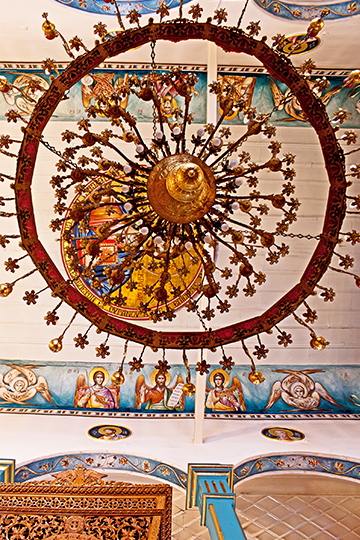
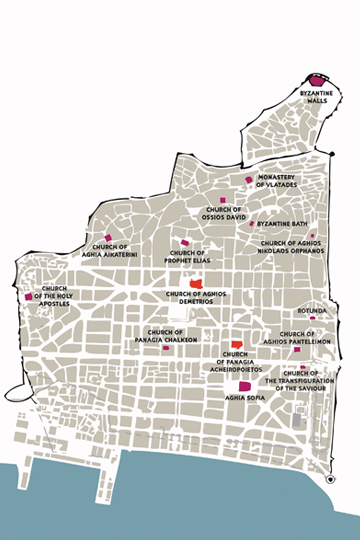
UNESCO MAP
Aghios Demetrios Church / The most important late-Christian temple dedicated to the city’s patron saint. Located on Aghiou Dimitriou street, this church is a five-aisle basilica with rich decorative details and ornate capitals. The ancient underground crypt is particularly interesting, where Saint Demetrius suffered martyrdom.
Church of Prophet Elias / Yet another beautiful addition of Byzantine architectural heritage to the city of Thessaloniki. This church successfully combines a large number of different elements and characteristics in a single architectural composition, revealing ornate motifs and complex masonry with successive arches and decorative bands that create an imposing sight.
Church of Ossios David (Latomos Monastery) / Built in the 5th century as a catholicon of the Latomos Monastery, the church was built in cross-in-square form with an arch in the east. After the Fall of Thessaloniki in 1430 it was converted into a mosque and, in the early 20th century, when it became a church again, it was named Church of Ossios David in order to honour the important ascetic saint of Thessaloniki. The name “Latomos” came from the quarries (“latomeia” in Greek) that were in the area.
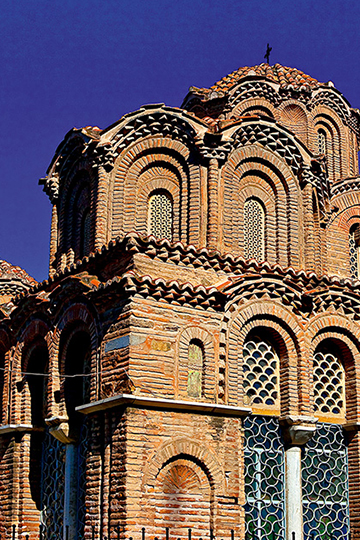
Church of Panagia Chalkeon / Built in 1028, it is the only church of the Middle-Byzantine era still standing in Thessaloniki. Constructed using the “hidden brick” technique in its entirety, the exterior walls are decorated with many windows, arches and sculpted pilasters.
Aghia Sofia / It still operates as the city’s Cathedral to this day. Built as a domed Greek cross basilica, the church incorporates impressive and imposing architectural elements, while its interior is dominated by beautiful wall paintings and ornate mosaics.
Church of Aghia Aikaterini / Dating from the Palaeologan era, the church interior is home to important 14th century frescoes, while one of its characteristics is the ornate stone masonry, which aesthetically showcases all of the church’s decorative and architectural elements.
Monastery of Vlatades / This is the only Byzantine monastery that continues to operate unceasingly until the present day. Ιn addition to its religious and historical importance, during your visit you will also enjoy panoramic views of Thessaloniki.
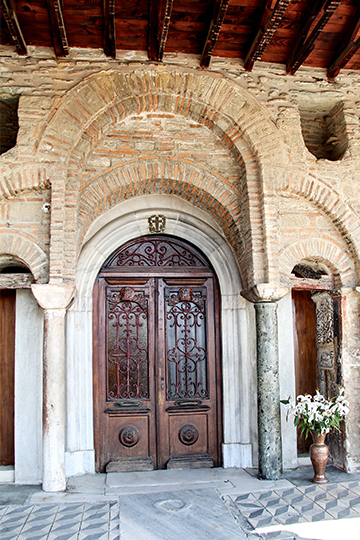
Church of the Holy Apostles / The temple is famous for its exceptional architectural proportions, its imposing domes and wall paintings that will take you on a journey to the past. The rich mosaics on the upper levels are the only surviving artifacts of their kind in Thessaloniki.
Church of the Transfiguration of the Saviour / A series of graves were located in the area, which leads to the conclusion that initially this church was a funerary monument. It is built in the cross-in-square form and features wall paintings in the Palaeologan style.
Church of Panagia Acheiropoietos / Dated back to 452 AD, it’s one of the oldest Christian temples in Greece. According to tradition, Virgin Mary’s icon was believed to have been made by divine, not human, hands. The structure is preserved in the same form as the one it was first built in.
Church of Aghios Nikolaos Orphanos / Today, the church is a single space basilica with a wooden roof and an ambulatory with two chapels attached to the east. The interior marble altarpiece dates from the same time, while the capitals date from the early-Christian ages.
Church of Aghios Panteleimon / This church is a complex tetrastyle cross-in-square type, with a narthex and an ambulatory that is connected to two chapels. The church wall paintings combine the monumental anticlassical approach with the new trends of the Palaeologan renaissance.



